Worker Development-Aware Task Allocation Strategy in Mobile Crowd Sensing
-
摘要: 移动群智感知(MCS)通过大量感知工人的移动性和工人随身携带的感知设备来收集数据,是一种新的大规模数据感知范式。现有大量研究致力于解决移动群智感知中的任务分配问题,使感知数据质量得以提高,但忽略了缺乏优质工人的感知任务,导致任务完成质量降低。为了解决上述问题,对于缺乏优质工人的感知任务,该文关注将经验不足的工人培养为优质工人,并令其执行这些感知任务,实现工人的长期复用,提高感知数据质量和长期平台效用。具体来说,该文考虑了缺乏优质工人的感知任务所需的能力和工人的能力类型,并据此应用稳定匹配算法选择待培养工人,提出一种基于能力聚合和半马尔可夫预测的多阶段工人选择培养(MWSD)算法。结果表明,相比基于区块链的非确定团队协作(BNTC)算法,该文所提算法能够有效将缺乏优质工人的感知任务的数据质量提高24%,长期平台效用提高17%。Abstract: Mobile Crowd Sensing (MCS) is a new paradigm that collects sensing data via the mobility of massive workers and carried sensing devices. Current works focus on the task allocation issue and improving sensing data quality. However, they ignore the sensing tasks lacking qualified workers and decrease the task completion quality. To tackle the above problem, for sensing tasks that lack qualified workers, inexperienced workers are developed to qualified workers and execute these tasks. As a result, the qualified workers can long-term execute these tasks, and the sensing data quality and long-term platform utility are improved. Furthermore, both the capacities that sensing tasks need and the capacities that workers own are considered. According the above capacities, first, a stable matching algorithm is applied to select workers to be developed. And then a Multi-stage Worker Selection and Development (MWSD) algorithm is proposed based on capacity fusion and Semi-Markov prediction. The results show that compared to Blockchain-based Nondeterministic Teamwork Cooperation (BNTC) algorithm, the mechanism can improve the data quality of sensing tasks lacking qualified workers by 24% and long-term platform utility by 17%.
-
Key words:
- Mobile Crowd Sensing (MCS) /
- Task allocation /
- Worker development /
- Worker selection
-
算法1 多阶段工人选择培养算法(MWSD) 输入:待培养工人集合${W_{\rm{e}}}$,工人名誉阈值集合$K$; 输出:优质工人集合${W_{\rm{s}}}$ (1) ${W_s} \leftarrow \varnothing$ (2) while ${g_r} \in \{ {g_1},{g_2}, \cdots ,{g_l}\} $ do (3) ${W_{\rm{s}}} \leftarrow \varnothing$ /* 当待培养工人集合不为空时 */ (4) while ${W_e} \ne \varnothing$ do (5) ${w_b} \leftarrow \arg {\max _{ {w_i} \in {W_{\rm{e} } } } }({ { { {\rm{WU} }^r} } \mathord{\left/ {\vphantom { {W{U^r} } {Cos{t_r}({y_i},{h_{\mathbf{A} } }({\mathbf{C} }))} } } \right. } { { {\rm{Cost} }_r}({y_i},{h_{\mathbf{A} } }({\mathbf{C} }))} })$ /* 若待培养工人的成本小于本阶段预算 */ (6) if $c({W_{\rm{s}}}) + c({w_b}) \le {B_r}$ then (7) ${W_{\rm{s}}} \leftarrow {W_{\rm{s}}} \cup \{ {w_b}\}$ (8) ${W_{\rm{e}}} \leftarrow {W_{\rm{e}}}\backslash \{ {w_b}\}$ /* 否则进入下一培养阶段的工人选择结束 */ (9) else then (10) ${W_{\rm{e}}} \leftarrow {W_{\rm{s}}}$ (11) break (12) end if (13) end while /* 为任务请求者和工人定价 */ (14) for ${g_r}$中所有工人和任务请求者 do (15) 根据式(17)为任务请求者和工人定价 (16) end for (17) end while (18) return ${W_{\rm{s}}}$ 表 1 仿真参数设置
参数名称 参数值 任务数 50 工人数 100 名誉阈值 0~1 平台每阶段最大预算 250 工人最高成本 10 -
[1] CAPPONI A, FIANDRINO C, KANTARCI B, et al. A survey on mobile crowdsensing systems: Challenges, solutions, and opportunities[J]. IEEE Communications Surveys & Tutorials, 2019, 21(3): 2419–2465. doi: 10.1109/COMST.2019.2914030 [2] LIU Yutong, KONG Linghe, and CHEN Guihai. Data-oriented mobile crowdsensing: A comprehensive survey[J]. IEEE Communications Surveys & Tutorials, 2019, 21(3): 2849–2885. doi: 10.1109/COMST.2019.2910855 [3] ARCAS-TUNEZ F and TERROSO-SAENZ F. Forest path condition monitoring based on crowd-based trajectory data analysis[J]. Journal of Ambient Intelligence and Smart Environments, 2021, 13(1): 37–54. doi: 10.3233/AIS-200586 [4] AN Jian, WANG Zhenxing, HE Xin, et al. Know where you are: A practical privacy-preserving semi-supervised indoor positioning via edge-crowdsensing[J]. IEEE Transactions on Network and Service Management, 2021, 18(4): 4875–4887. doi: 10.1109/TNSM.2021.3107718 [5] JI Jianjiao, GUO Yinan, GONG Dunwei, et al. Evolutionary multi-task allocation for mobile crowdsensing with limited resource[J]. Swarm and Evolutionary Computation, 2021, 63: 100872. doi: 10.1016/j.swevo.2021.100872 [6] WEI Xiaohui, LI Zijian, LIU Yuanyuan, et al. SDLSC-TA: Subarea division learning based task allocation in sparse mobile crowdsensing[J]. IEEE Transactions on Emerging Topics in Computing, 2021, 9(3): 1344–1358. doi: 10.1109/TETC.2020.3045463 [7] WANG Xiong, JIA Riheng, FU Luoyi, et al. Online spatial crowdsensing with expertise-aware truth inference and task allocation[J]. IEEE Journal on Selected Areas in Communications, 2022, 40(1): 412–427. doi: 10.1109/JSAC.2021.3126045 [8] JI Jianjiao, GUO Yinan, GAO Xiaozhi, et al. Q-learning-based hyperheuristic evolutionary algorithm for dynamic task allocation of crowdsensing[J]. IEEE Transactions on Cybernetics, 2023, 53(4): 2211–2224. doi: 10.1109/TCYB.2021.3112675. [9] ZHANG Lichen, DING Yu, WANG Xiaoming, et al. Conflict-aware participant recruitment for mobile crowdsensing[J]. IEEE Transactions on Computational Social Systems, 2020, 7(1): 192–204. doi: 10.1109/TCSS.2019.2948957 [10] NIE Jiangtian, LUO Jun, XIONG Zehui, et al. A multi-leader multi-follower game-based analysis for incentive mechanisms in socially-aware mobile crowdsensing[J]. IEEE Transactions on Wireless Communications, 2021, 20(3): 1457–1471. doi: 10.1109/TWC.2020.3033822 [11] GALE D and SHAPLEY L S. College admissions and the stability of marriage[J]. The American Mathematical Monthly, 1962, 69(1): 9–15. doi: 10.1080/00029890.1962.11989827 [12] MO Kaixiang, ZHONG Erheng, and YANG Qiang. Cross-task crowdsourcing[C]. The 19th ACM SIGKDD International Conference on Knowledge Discovery and Data Mining, Chicago, USA, 2013: 677–685. [13] GAO Xiaofeng, CHEN Shenwei, and CHEN Guihai. MAB-based reinforced worker selection framework for budgeted spatial crowdsensing[J]. IEEE Transactions on Knowledge and Data Engineering, 2022, 34(3): 1303–1316. doi: 10.1109/TKDE.2020.2992531 [14] WANG Zhibo, ZHAO Jing, HU Jiahui, et al. Towards personalized task-oriented worker recruitment in mobile crowdsensing[J]. IEEE Transactions on Mobile Computing, 2021, 20(5): 2080–2093. doi: 10.1109/TMC.2020.2973990 [15] WANG En, YANG Yongjian, WU Jie, et al. User recruitment system for efficient photo collection in mobile crowdsensing[J]. IEEE Transactions on Human-Machine Systems, 2020, 50(1): 1–12. doi: 10.1109/THMS.2019.2912509 [16] WANG Xin, LI Peng, and XIAO Junlei. Budget constraint task allocation for mobile crowd sensing with hybrid participant[C]. The 16th International Conference on Collaborative Computing: Networking, Applications and Worksharing, Shanghai, China, 2021: 506–517. [17] XIAO Liang, CHEN Tianhua, XIE Caixia, et al. Mobile crowdsensing games in vehicular networks[J]. IEEE Transactions on Vehicular Technology, 2018, 67(2): 1535–1545. doi: 10.1109/TVT.2016.2647624 [18] BAEK D, CHEN Jing, and CHOI B J. Small profits and quick returns: An incentive mechanism design for crowdsourcing under continuous platform competition[J]. IEEE Internet of Things Journal, 2020, 7(1): 349–362. doi: 10.1109/JIOT.2019.2953278 [19] ZHANG Hao and SUGIYAMA M. Task selection for bandit-based task assignment in heterogeneous crowdsourcing[C]. 2015 Conference on Technologies and Applications of Artificial Intelligence (TAAI). Tainan, China, 2015: 164–171. [20] GAO Guoju, XIAO Mingjun, WU Jie, et al. Truthful incentive mechanism for nondeterministic crowdsensing with vehicles[J]. IEEE Transactions on Mobile Computing, 2018, 17(12): 2982–2997. doi: 10.1109/TMC.2018.2829506 [21] WANG Jianrong, FENG Xinlei, XU Tianyi, et al. Blockchain-based model for nondeterministic crowdsensing strategy with vehicular team cooperation[J]. IEEE Internet of Things Journal, 2020, 7(9): 8090–8098. doi: 10.1109/JIOT.2020.3000048 -






 下载:
下载:
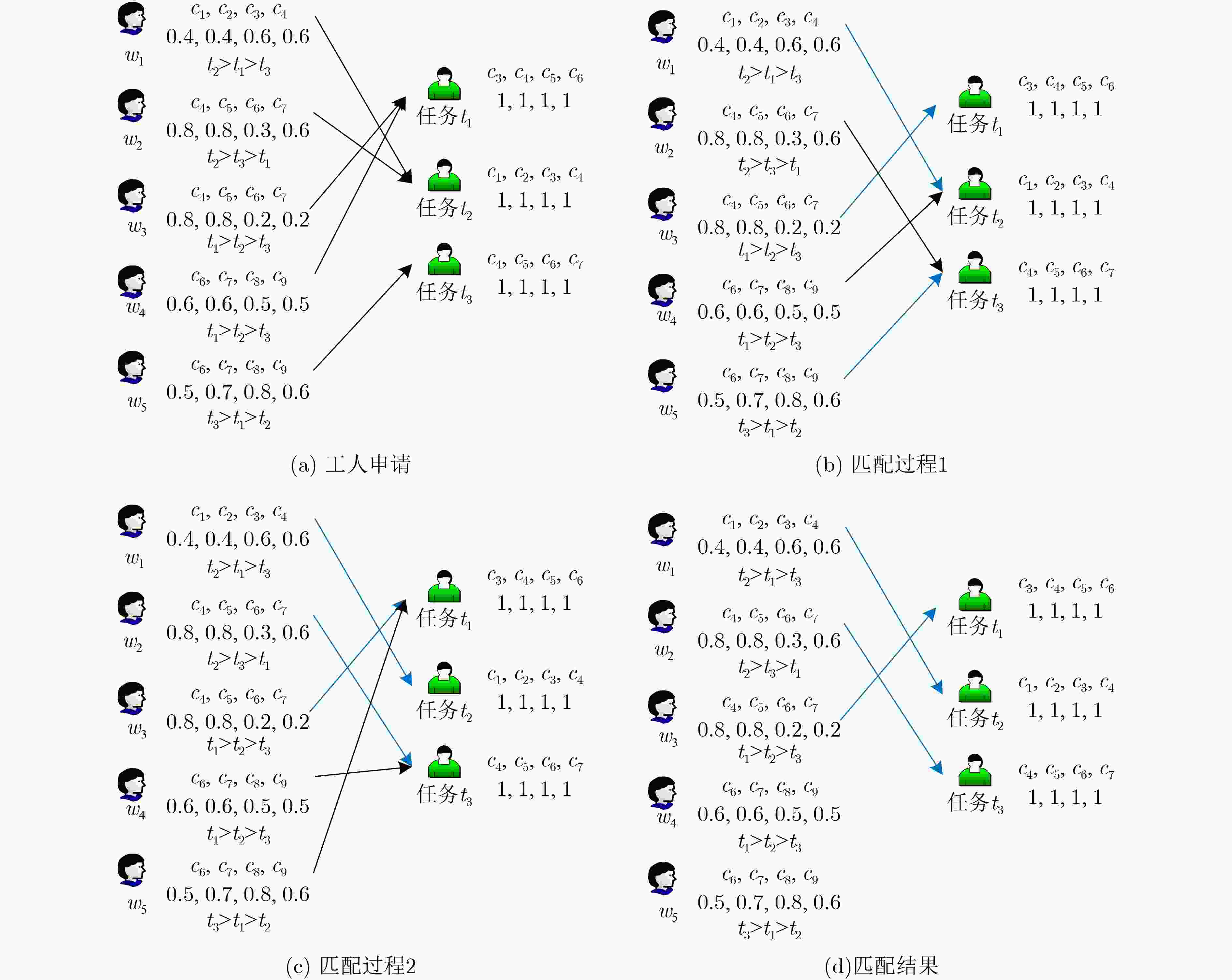
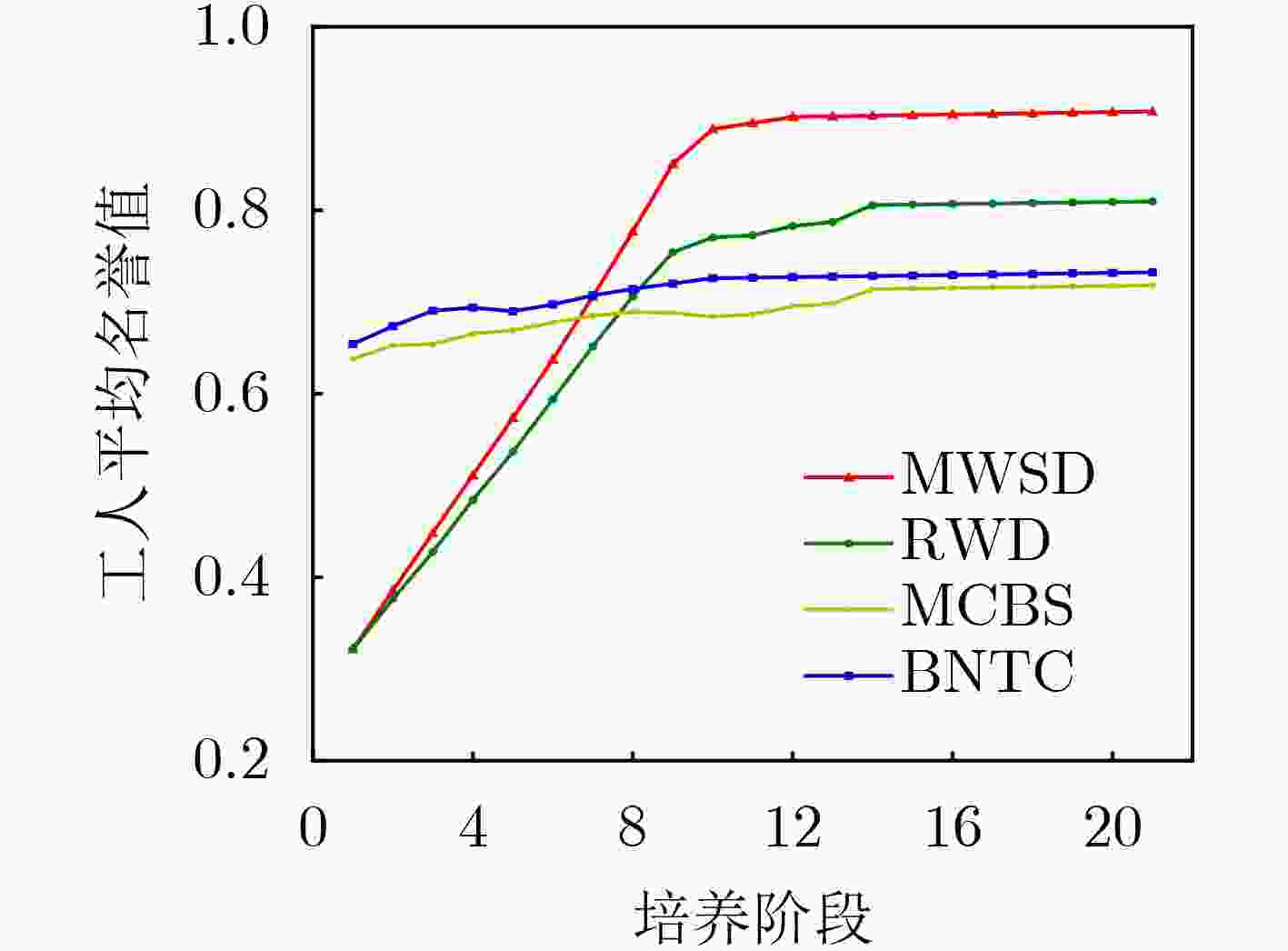
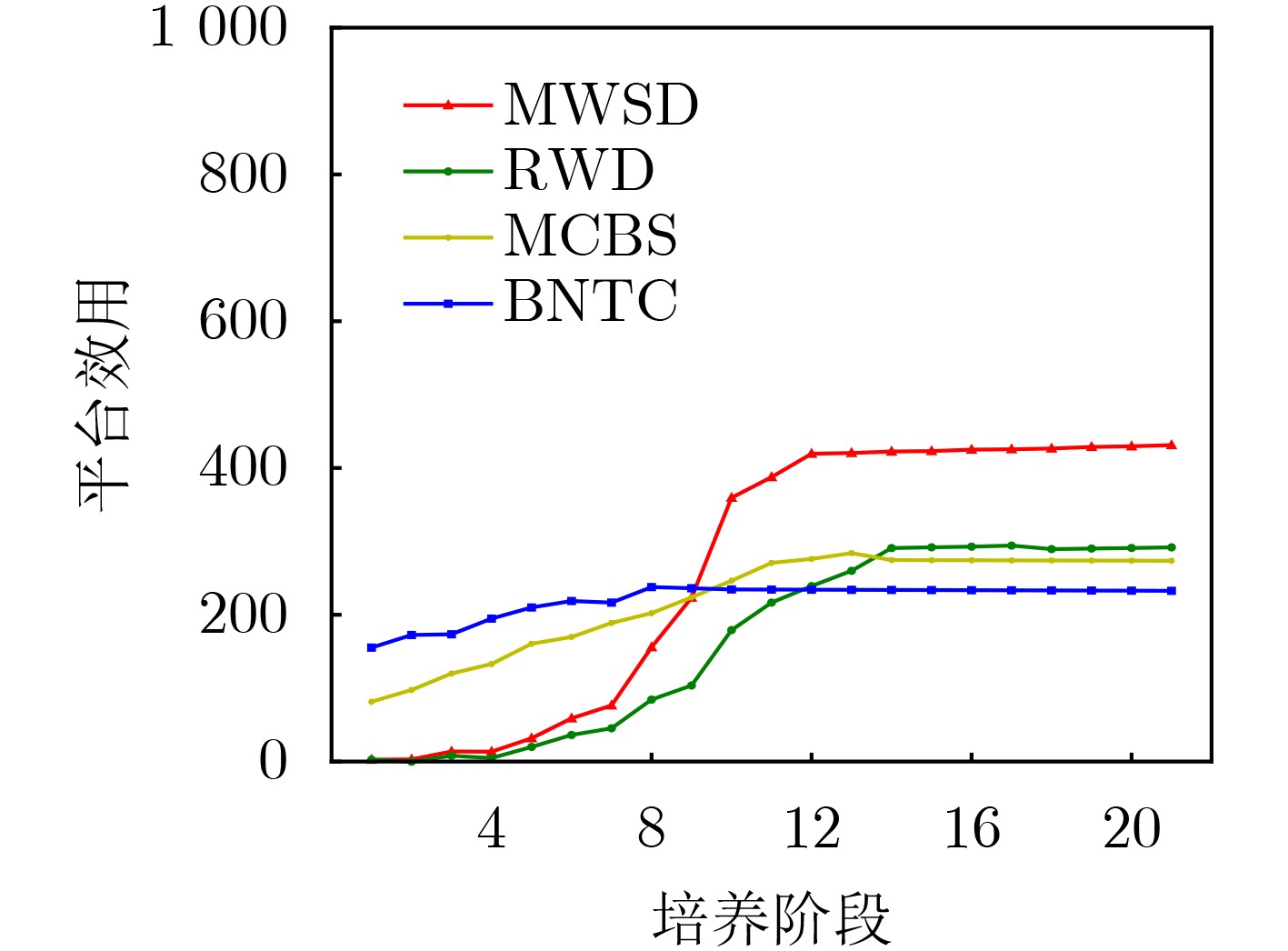
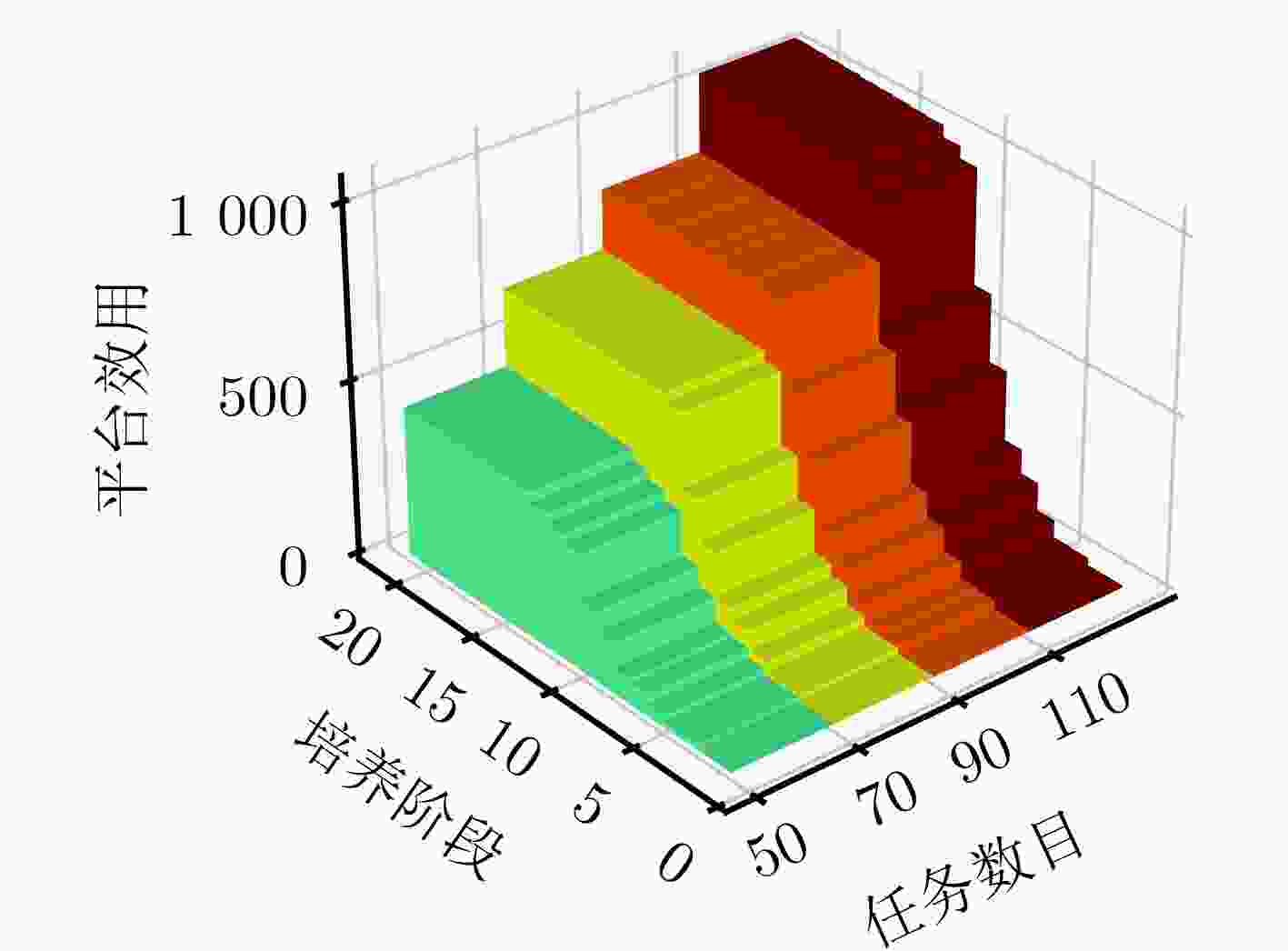
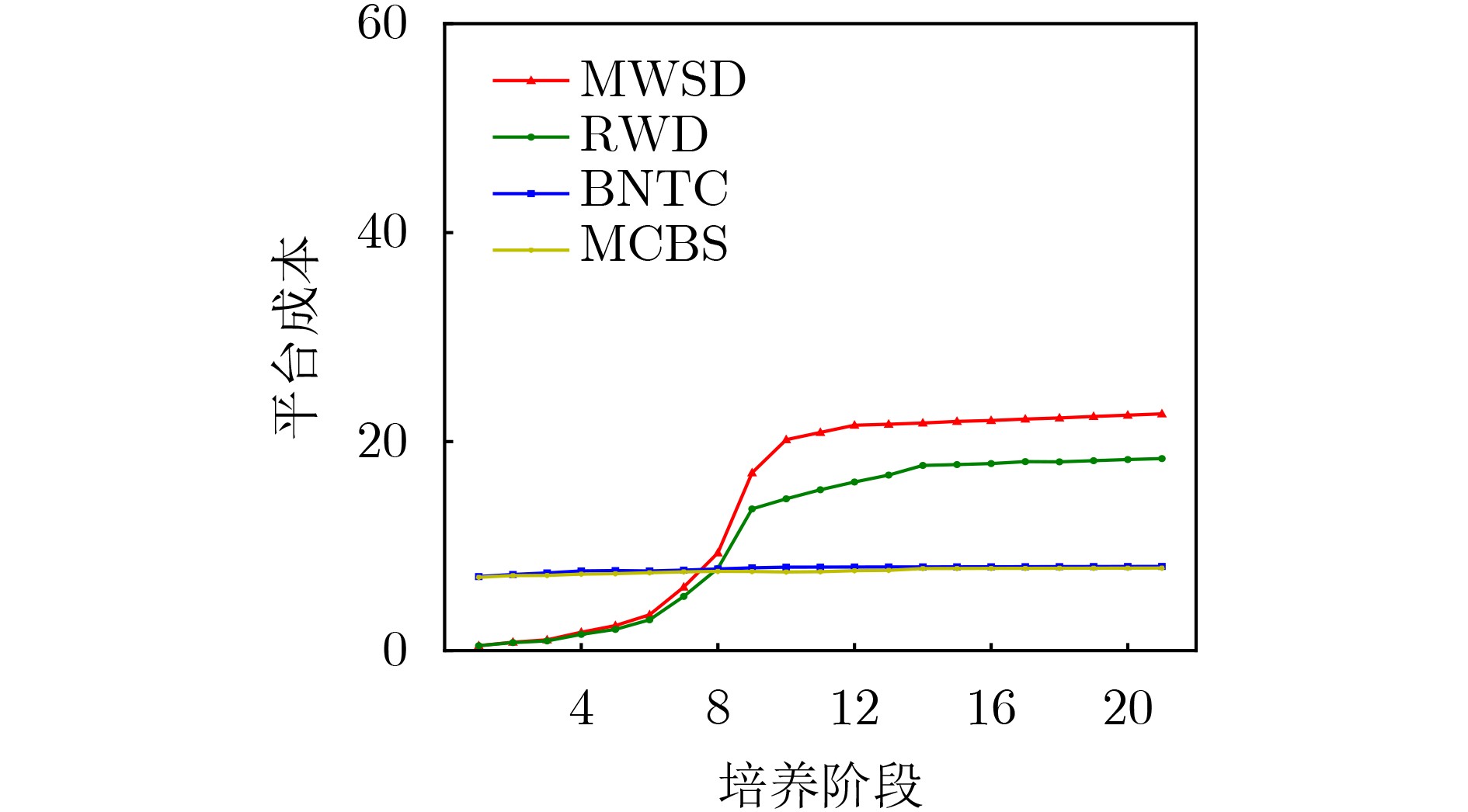
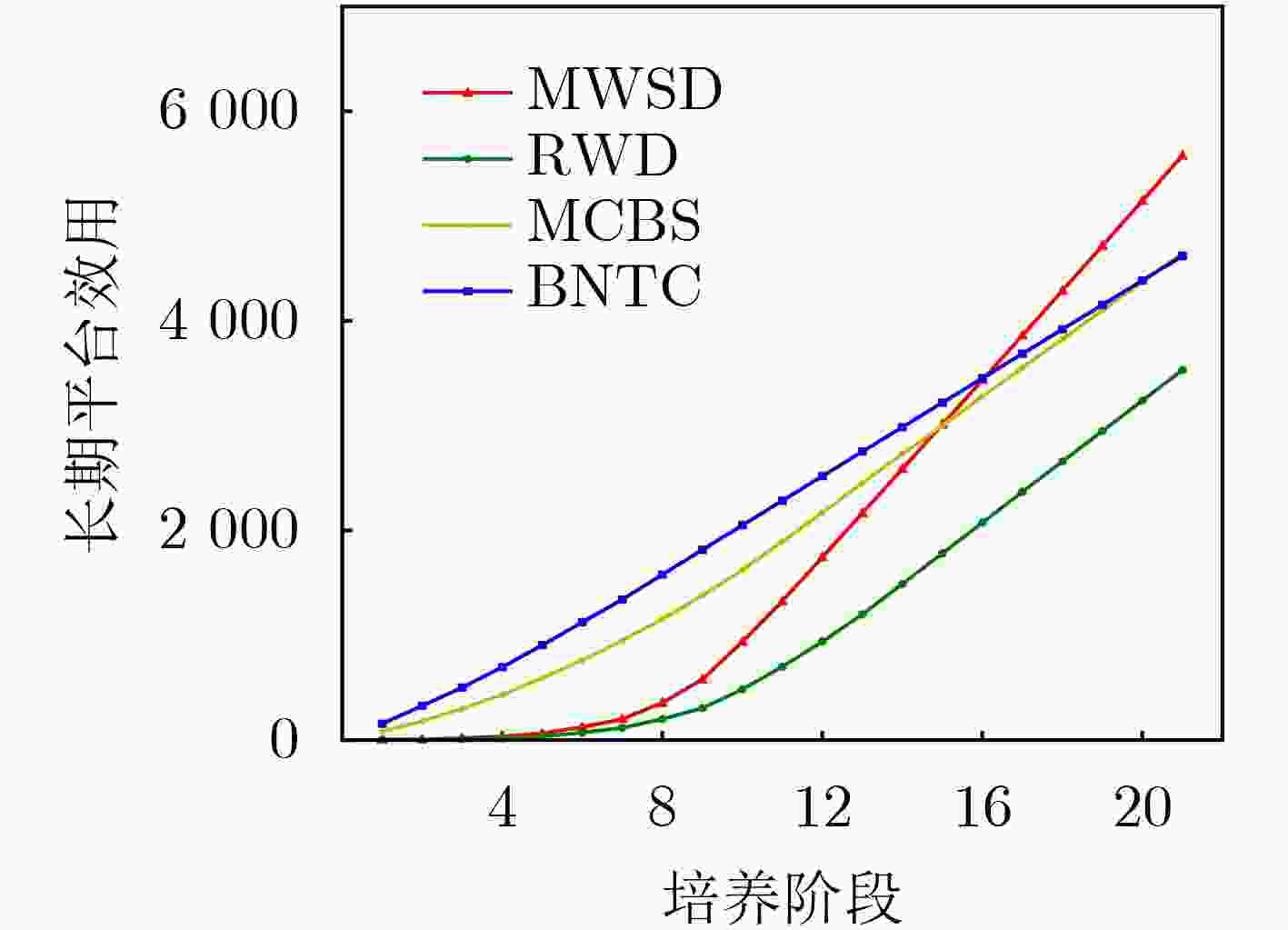
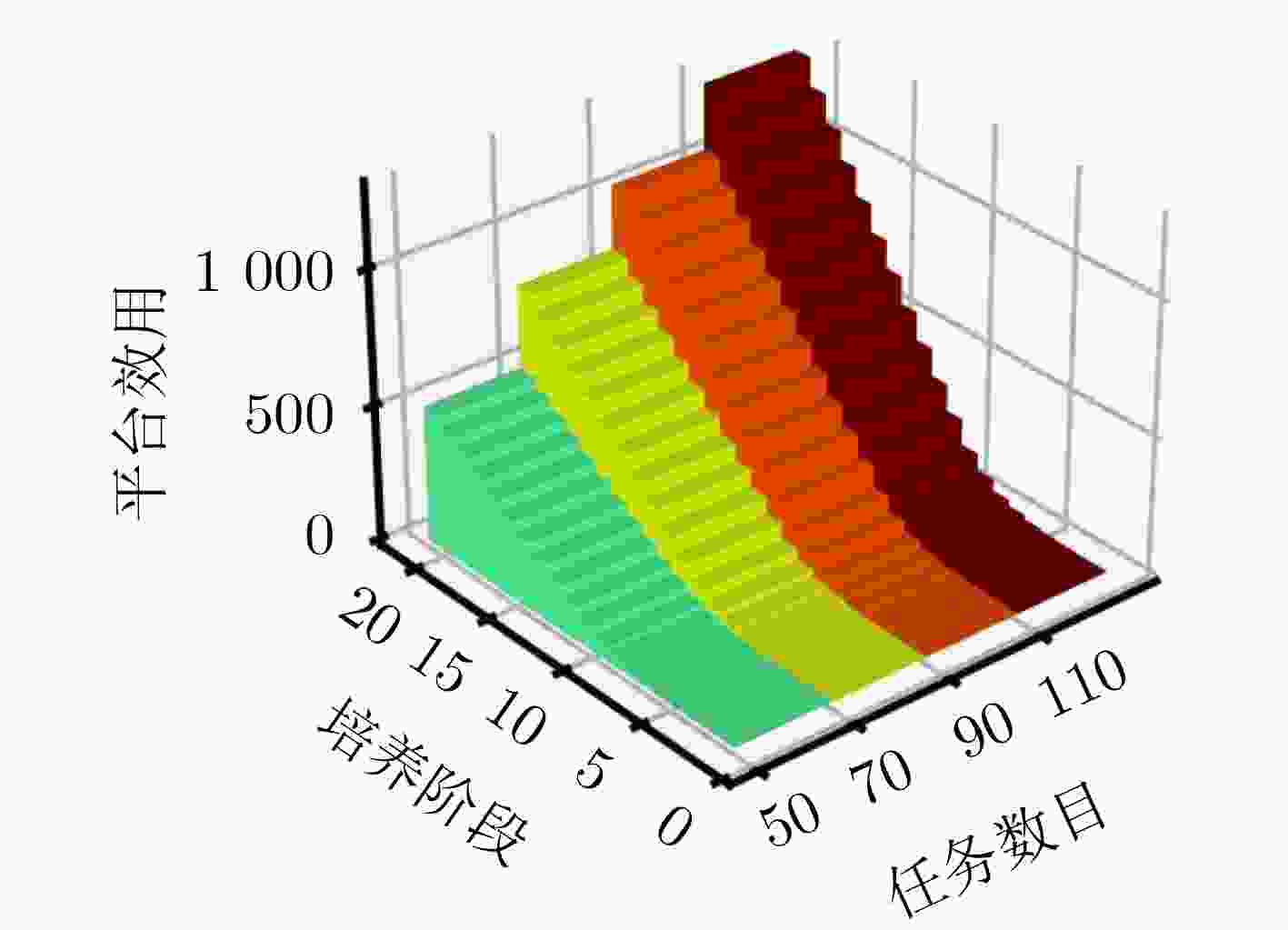


 下载:
下载:
